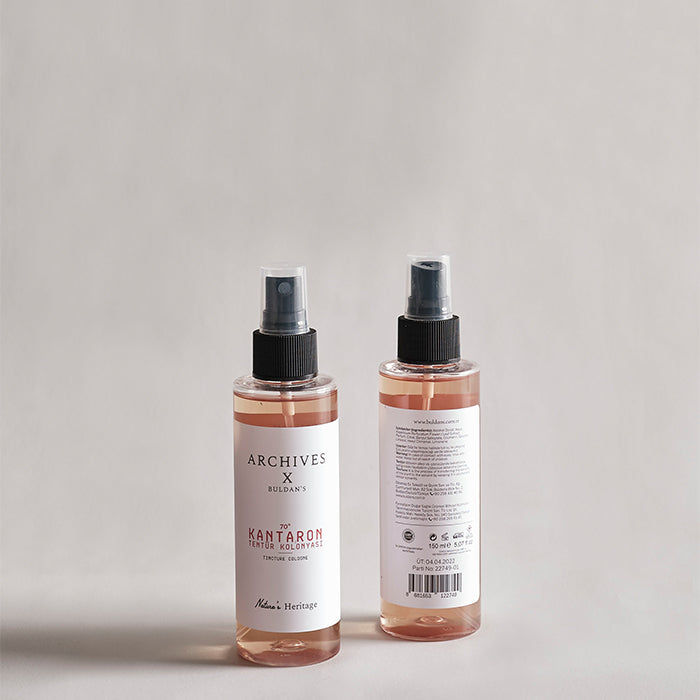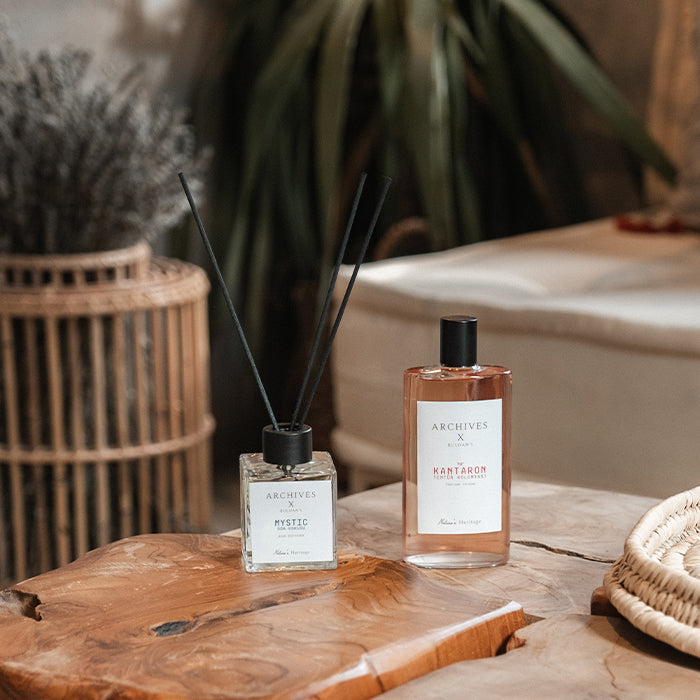Cologne: A Refreshing and Traditional Source of Wellbeing
Cologne is an essential personal care product that has been used throughout history for cleanliness, freshness, and as a traditional source of wellbeing. Trusted by many for its cleansing and refreshing properties, this product has a wide range of uses. In this article, you'll learn more about the origins of cologne, its various types, and its place in our daily lives.
The Origin and History of Cologne
The term "cologne" was first used during the Ottoman Empire. Its name is derived from the French word "cologne." The basic components of cologne typically include water, alcohol, and pleasant-smelling oils. Its popularity grew as it provided a sense of freshness and cleanliness when applied to the skin.
Types of Cologne and Its Uses
Today, various types of colognes are available. In addition to traditional colognes, there are modern variations tailored for specific purposes. Colognes come in different scents such as lemon, lavender, and rose, appealing to various preferences. Some colognes are also used in skincare routines.
Cologne serves not only personal care purposes but also finds use in home cleaning and providing a sense of freshness. It is frequently used for cleansing hands after meals and for its refreshing sensation and pleasant scent.
Healing Effects of Cologne
Cologne is believed to have not only refreshing and pleasant effects but also healing properties. It's said to help reduce stress, alleviate headaches, and relax muscles. Colognes that contain extracts from plants such as lavender, chamomile, or linden emphasize these effects.
Conclusion: A Traditional and Functional Product
Cologne is more than just a traditional and functional product; it holds a significant place in our daily lives. It assists us with cleanliness, freshness, and relaxation. With its scent and refreshing effects, cologne is a product suitable for people of all ages and lifestyles. You can make cologne an indispensable part of your personal care and cleaning routine.






